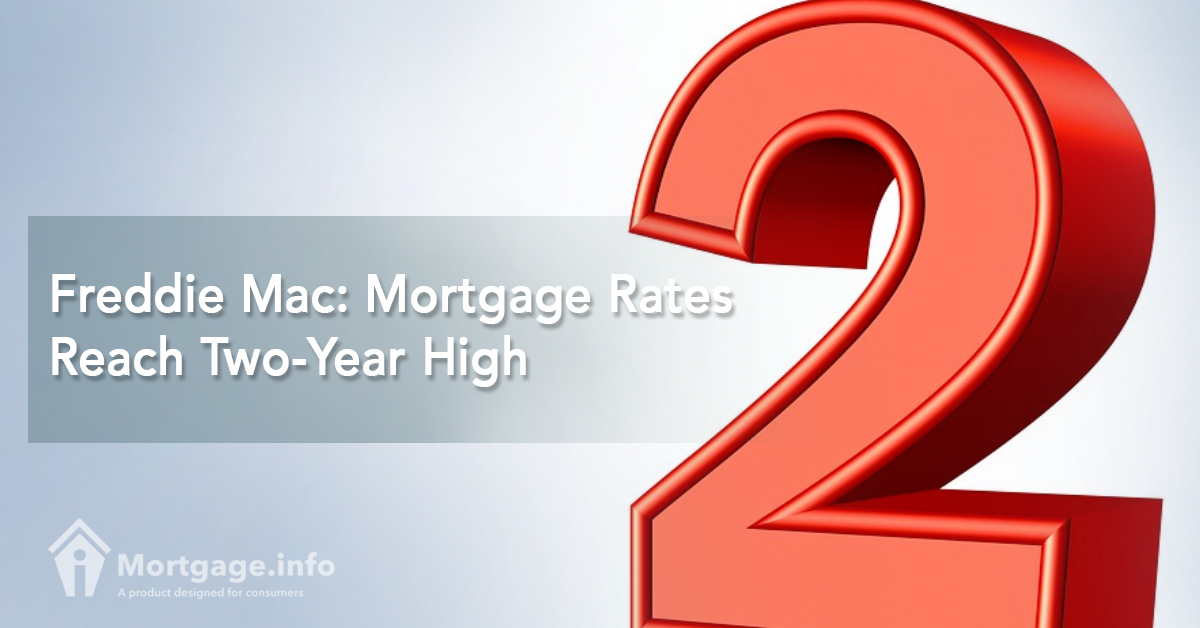Mortgage giant Freddie Mac released Thursday, December 22, the latest results of its Primary Mortgage Market Survey® (PMMS®)that revealed a continued upward movement in mortgage rates for the eighth consecutive week.
Report Highlights
- The 30-year fixed rate mortgage (FRM) closed at an average of 4.30percent on week ending December 22, an increase from the previous week’s 4.16percent and an overall point average of 0.5. This is up from last year’s 3.96percent 30-year FRM average.
- Meanwhile, the 15-year fixed-rate mortgage also hiked from last week’s 3.37percent average to 3.52percent, with an average of 0.5 point. At this same time in 2016, the 15-year FRM average was 3.22percent.
- On the other hand, the 5-year Treasury-indexed hybrid adjustable-rate mortgage (ARM) reached a median score of 3.32percent with a 0.4 point average. Another increase from last week’s 3.19percent average and comparably higher from last year’s 3.06percent.
The week following the Fed’s rate hike decision, 10-year treasury yields rose by approximately 10 basis points and 30-year FRM rose by 14 basis points, reaching a two-year high since April of 2014.
“A week after the only rate hike of 2016, the mortgage industry digested the Fed’s decision and this week’s survey reflects that response,” Freddie Mac’s Chief Economist Sean Becketti says in a statement.
The Survey
The Primary Mortgage Market Survey® was established in April 1971 as the foremost source of mortgage trends in the regional and national level. Its data is utilized by both the public and the mortgage industry at large to gauge market conditions and evaluate mortgage loan options.
Survey Parameters
The survey results are gathered based on lenders’ most popular mortgage products – inclusive of 30 and 15-year FRMs as well as adjustable-rate mortgages. The first-lien prime conventional conforming home purchase mortgages (with an LTV of 80 percent) are considered primary basis for the survey. Meanwhile, the U.S. Treasury yields are used to index ARMs. Lenders are asked to provide the a) initial coupon rate and points, as well as b) ARM margins for this purpose.
The significant leap charged by the election results and other current industry factors such as a continued slack in housing startsand inventory had overridden the near-historic low rates following Brexit in July. How will this impact housing sales in the next months and the first quarter of the following year? And how will potential homebuyers shoulder this increasing strain in housing affordability? The numbers remain fragile.

